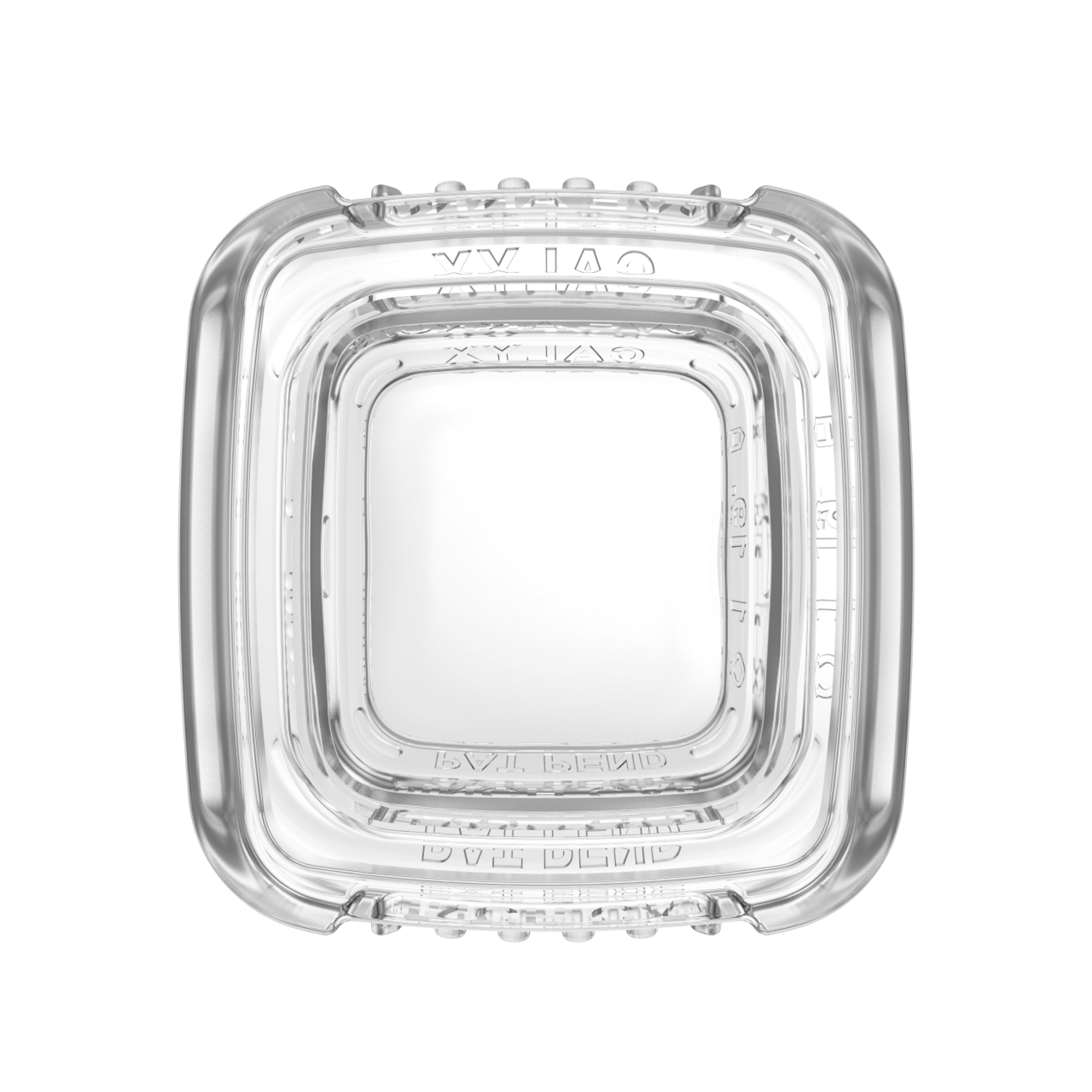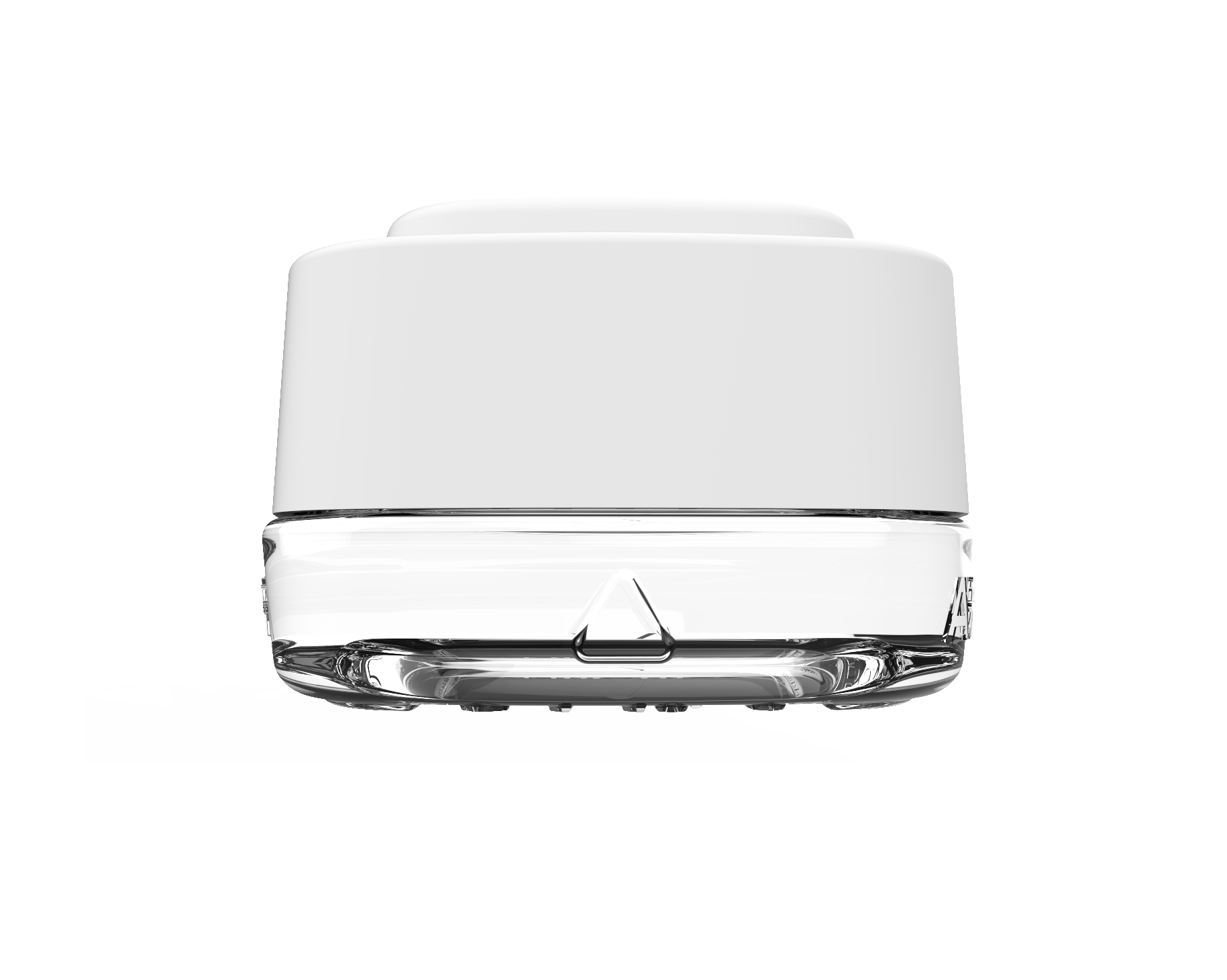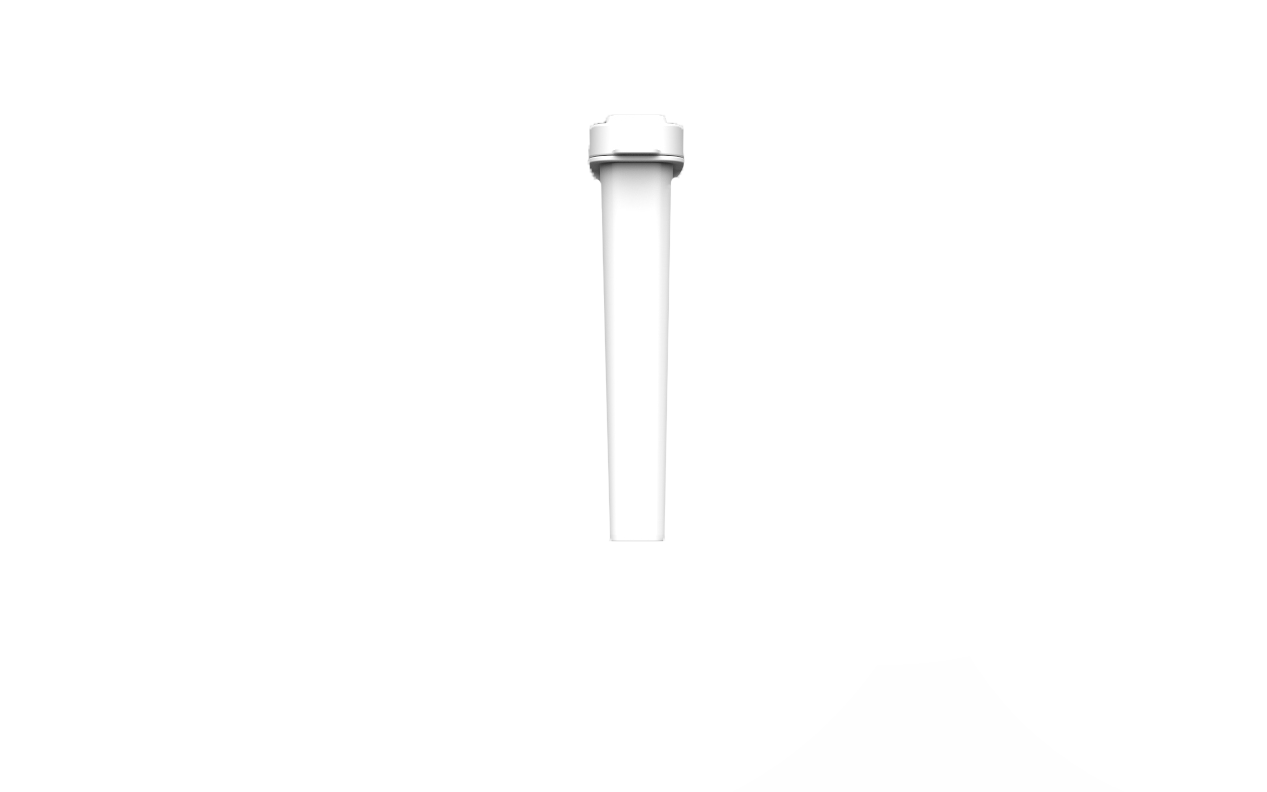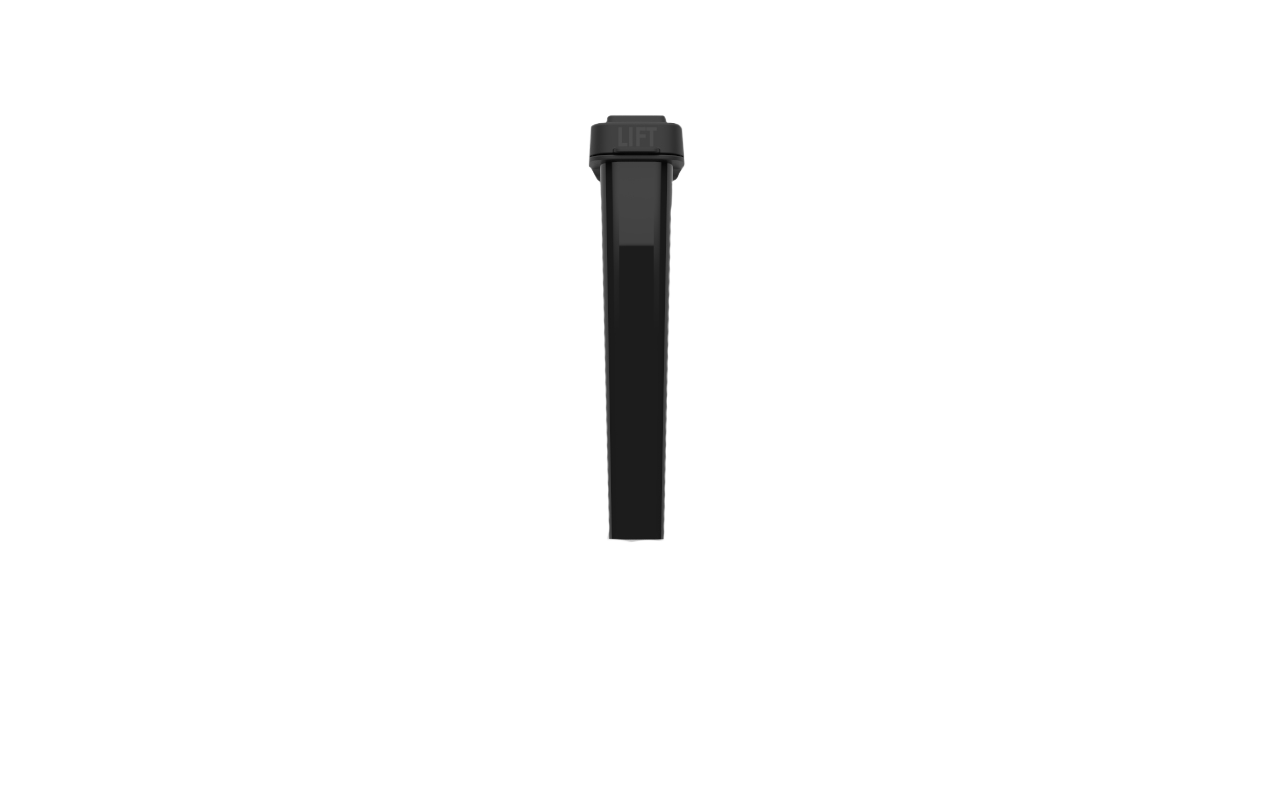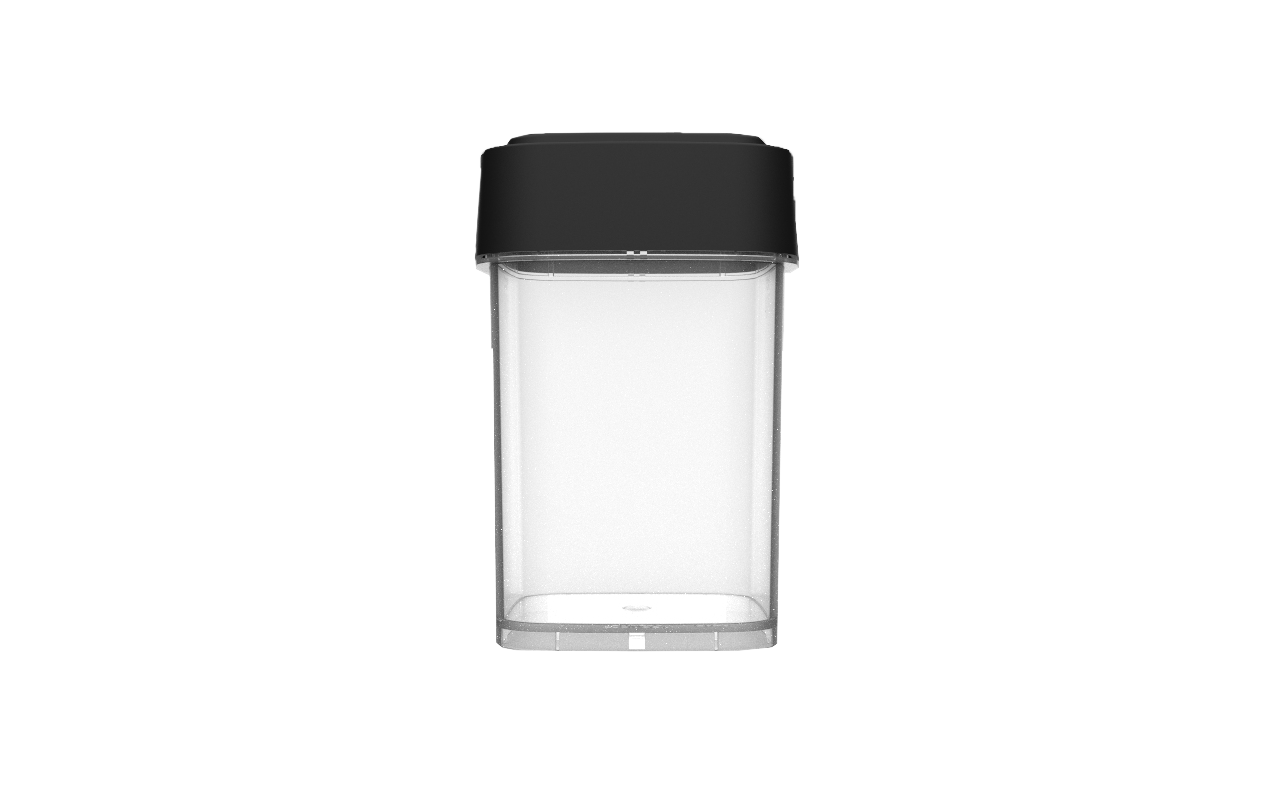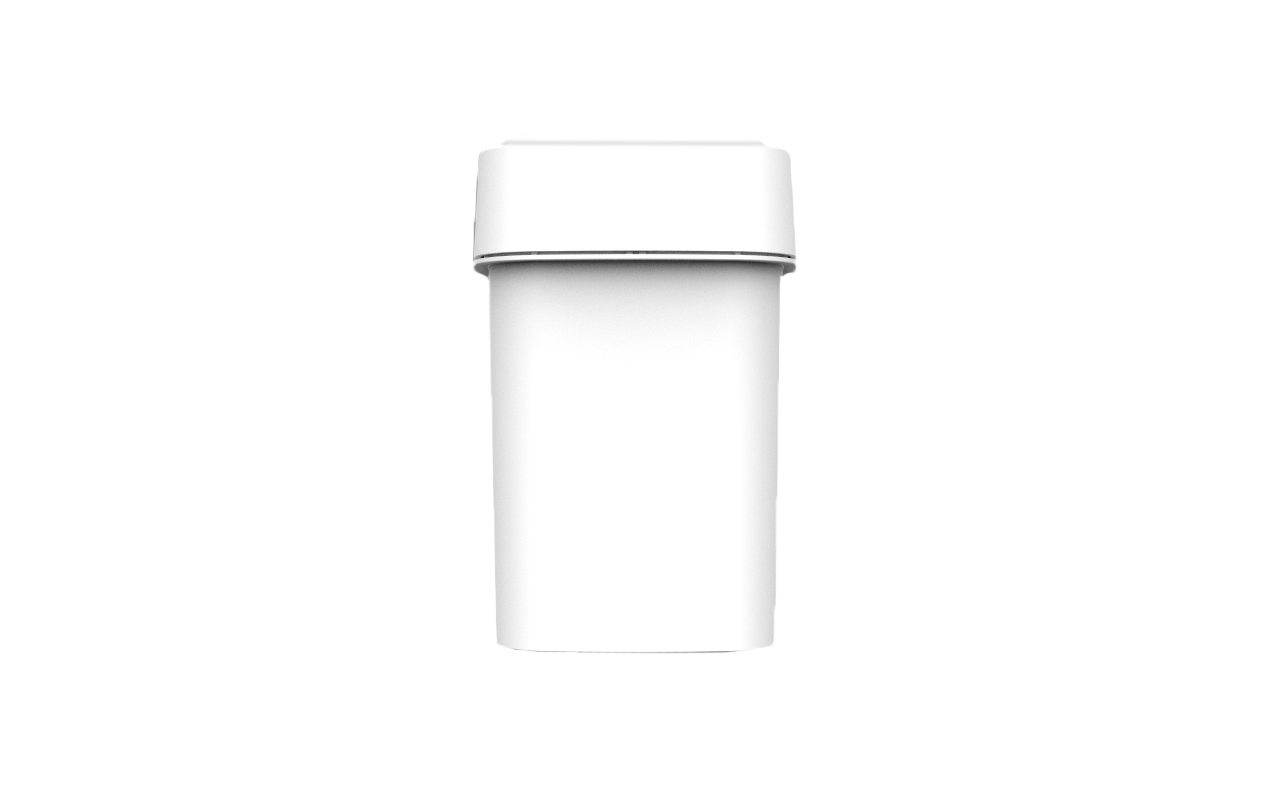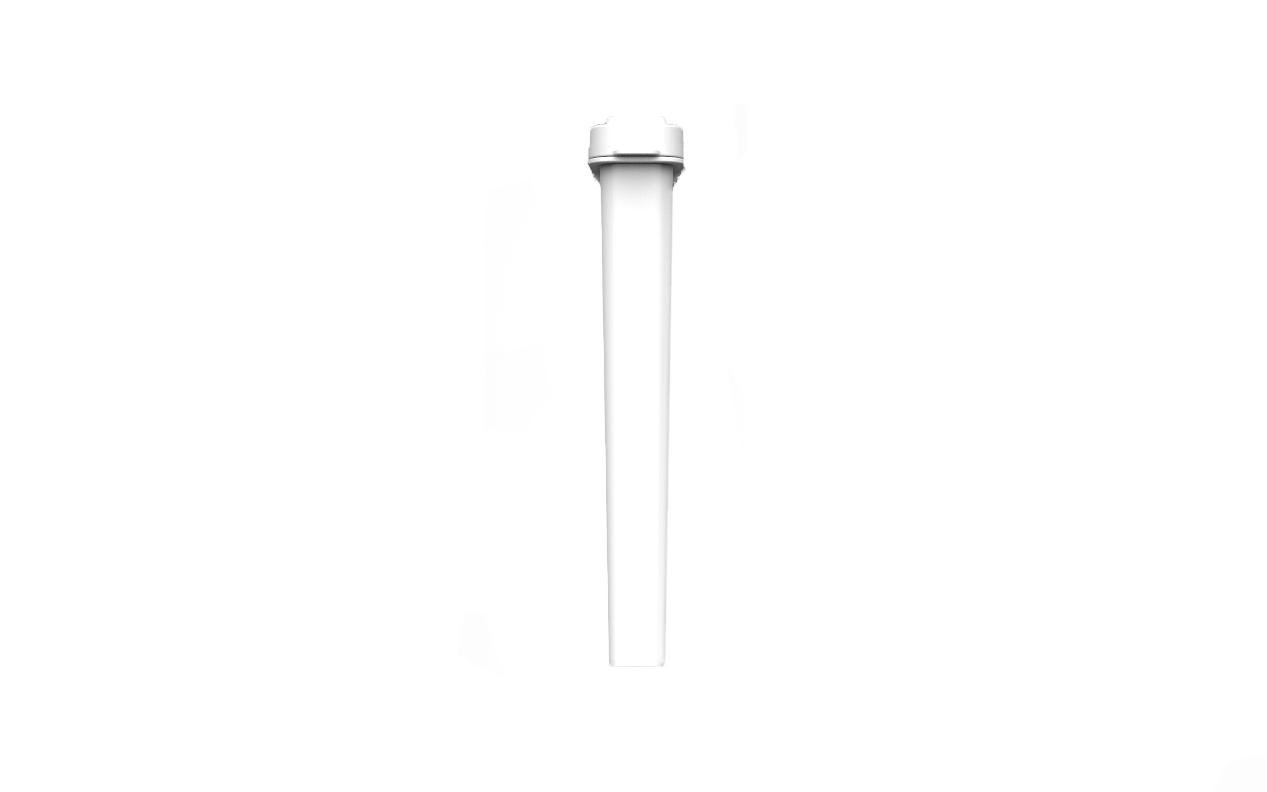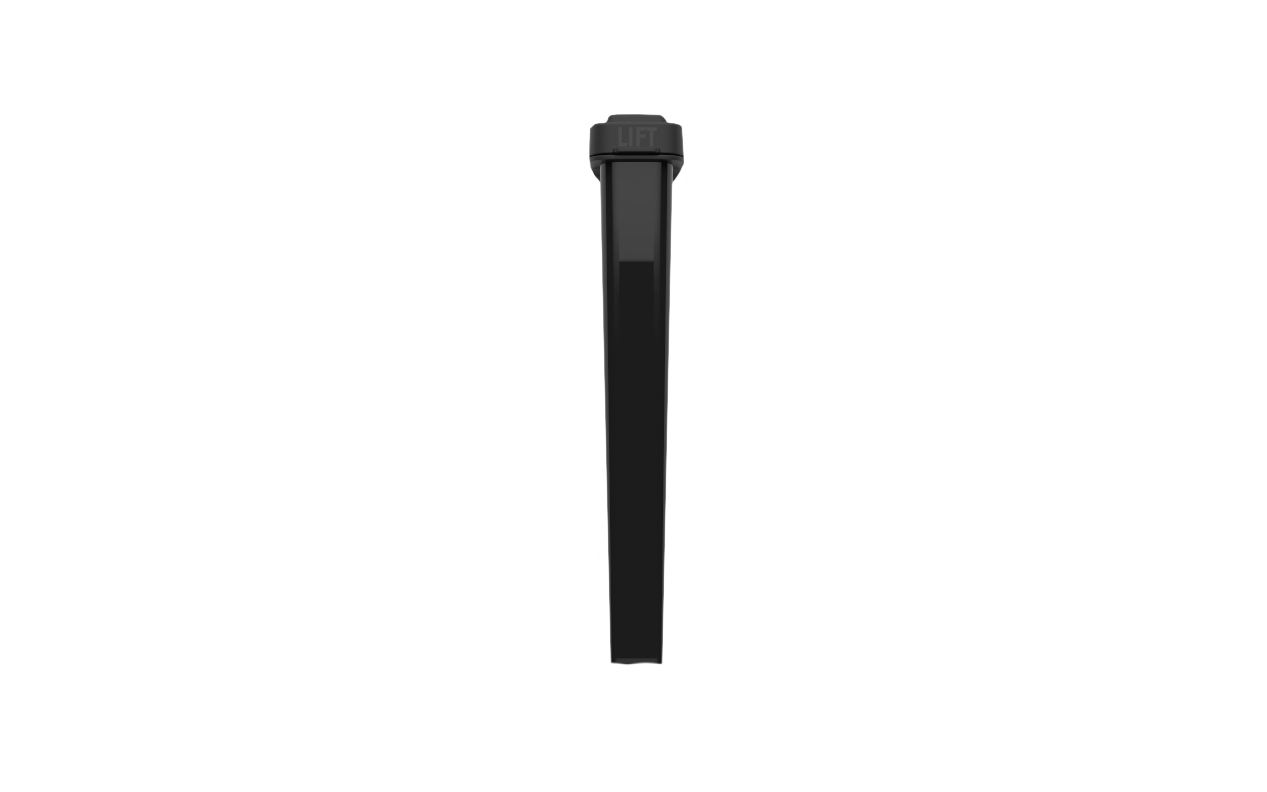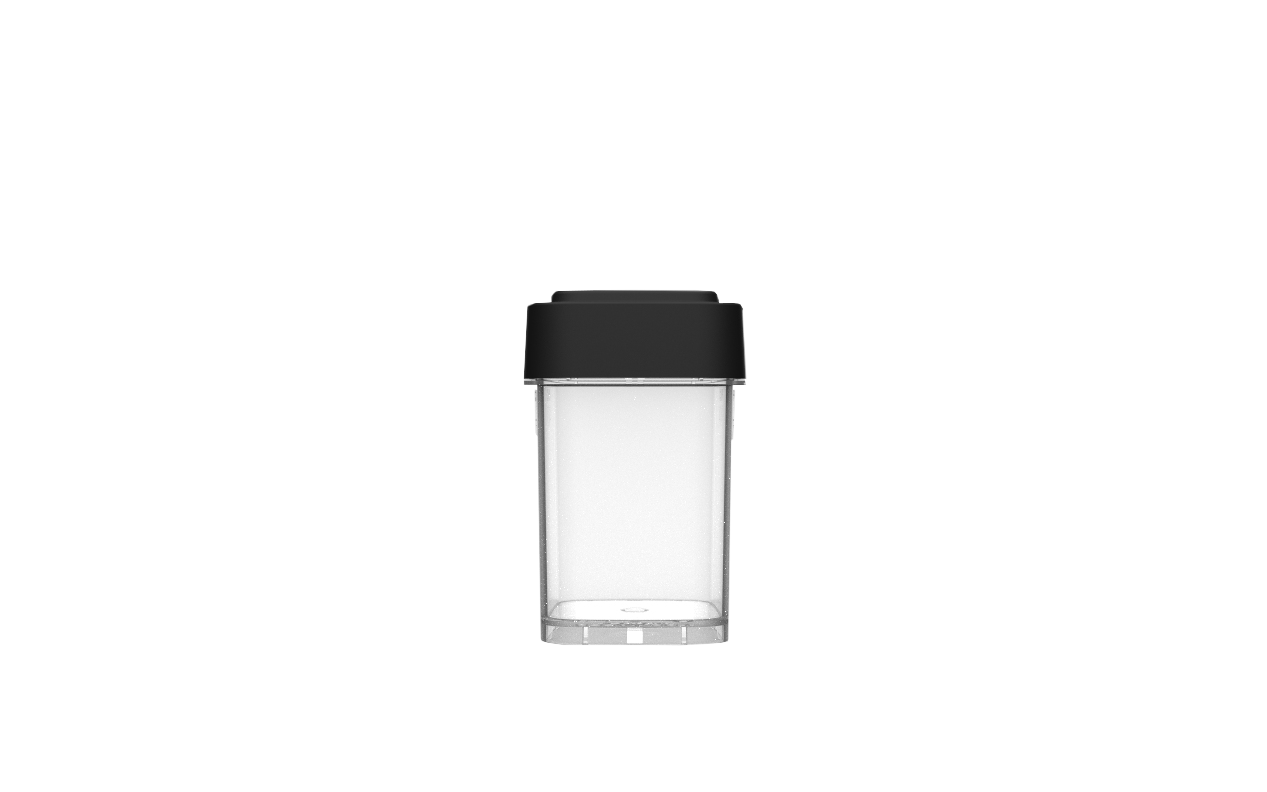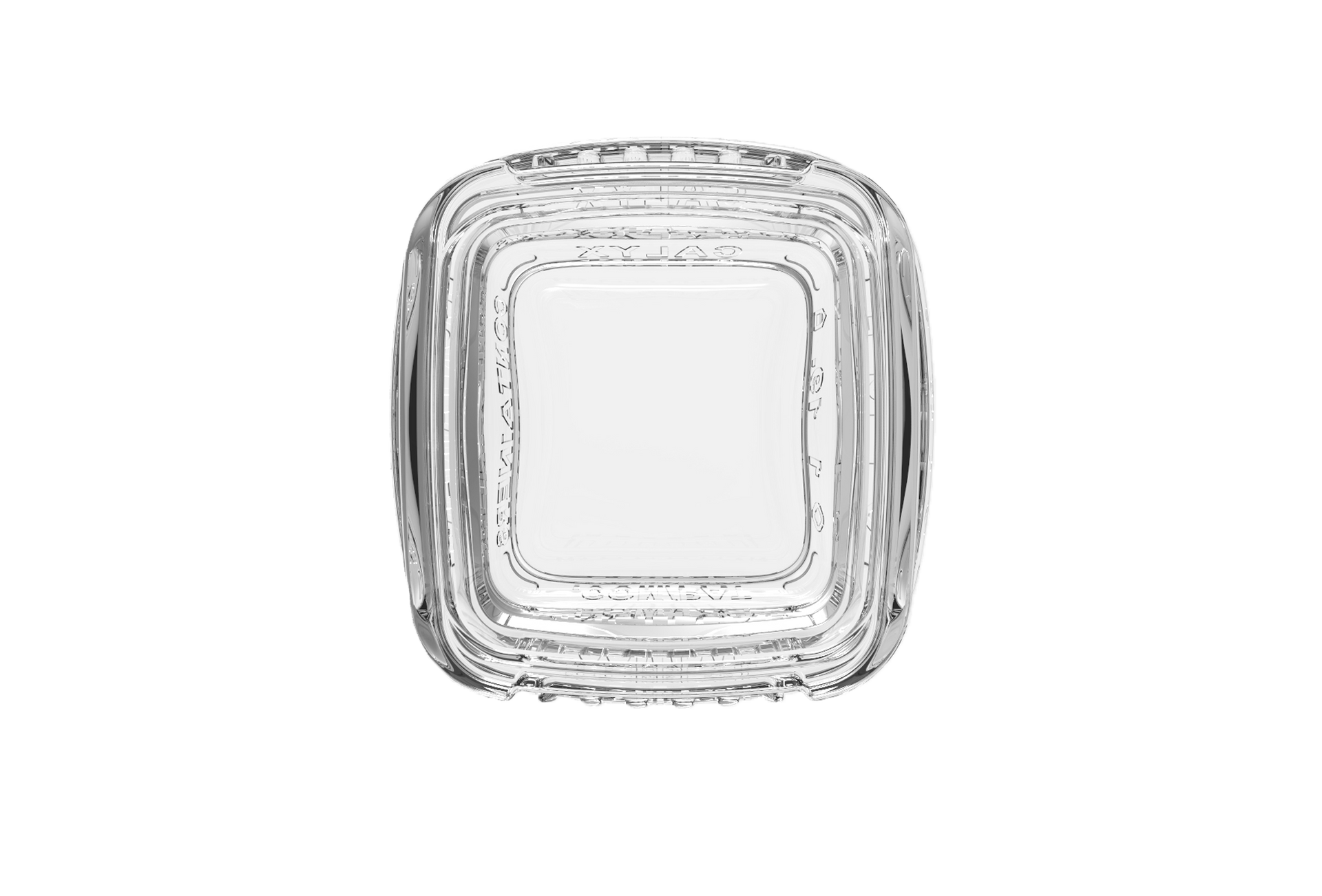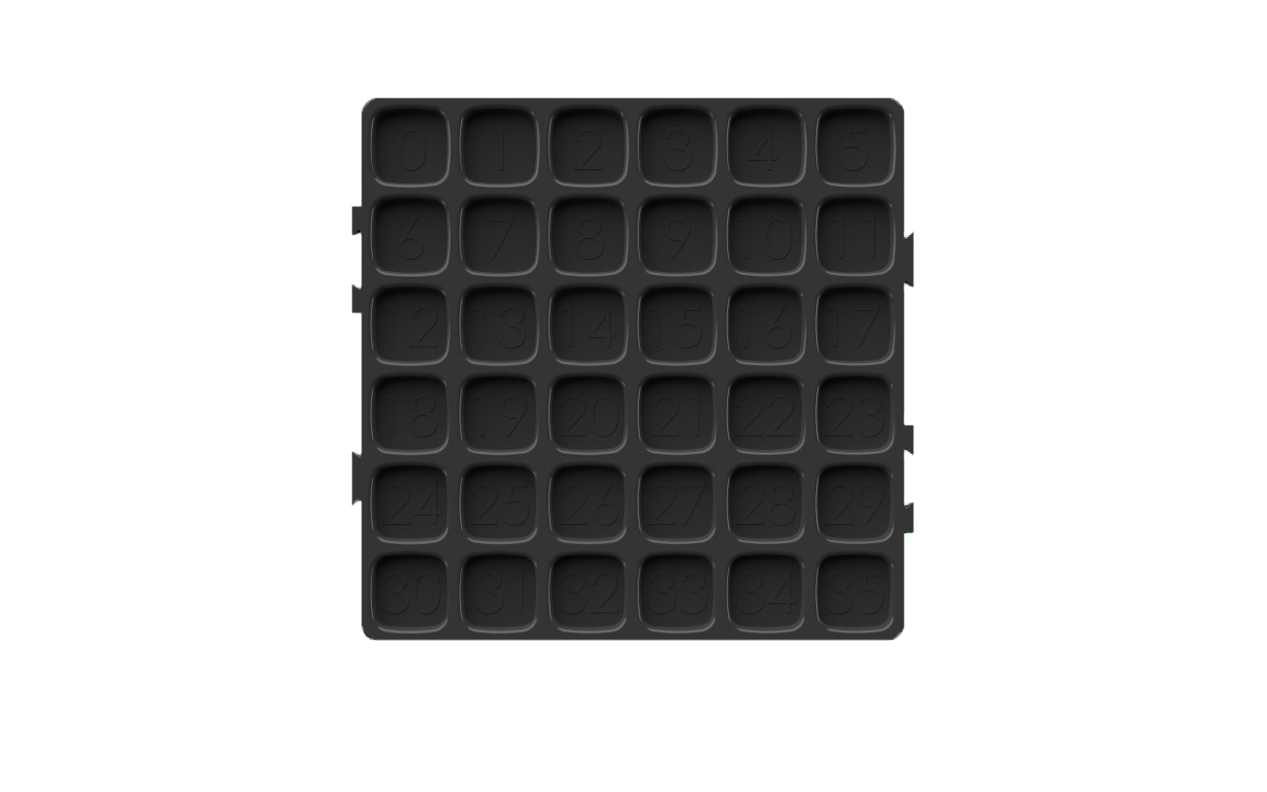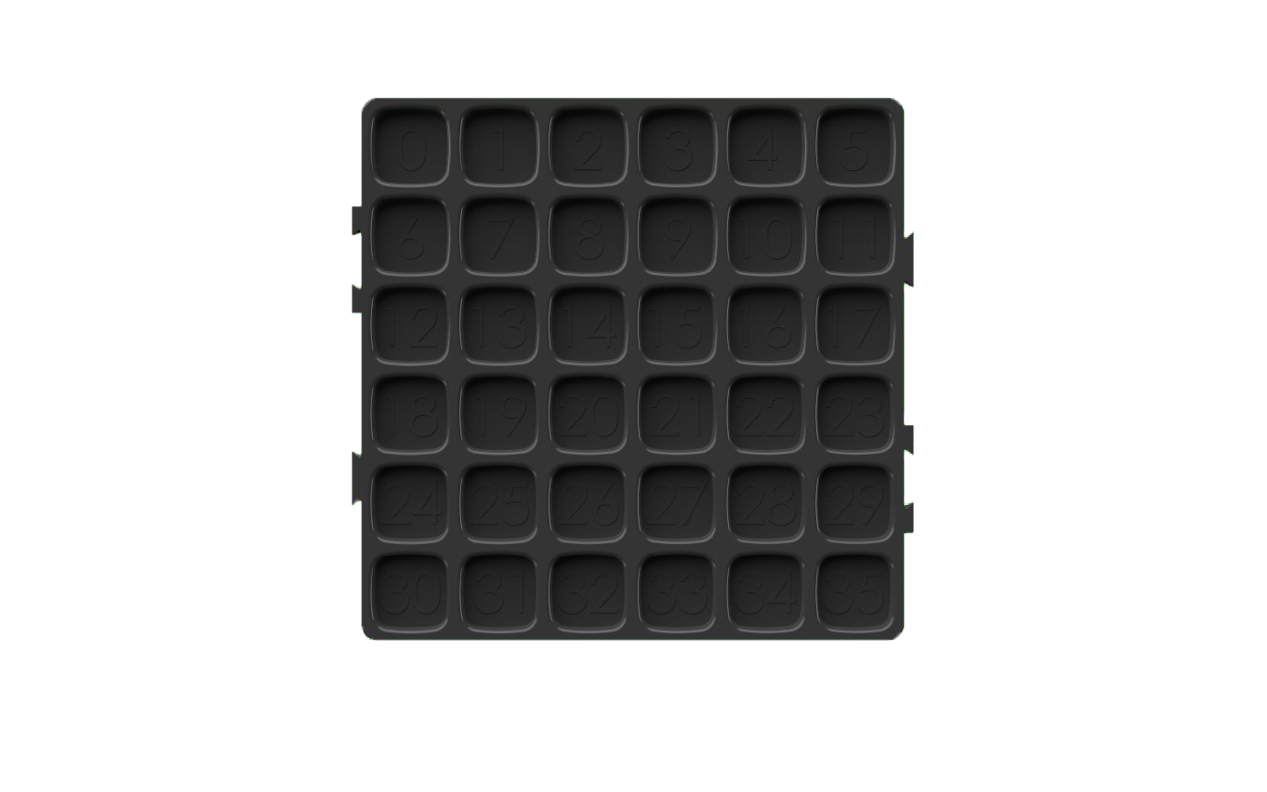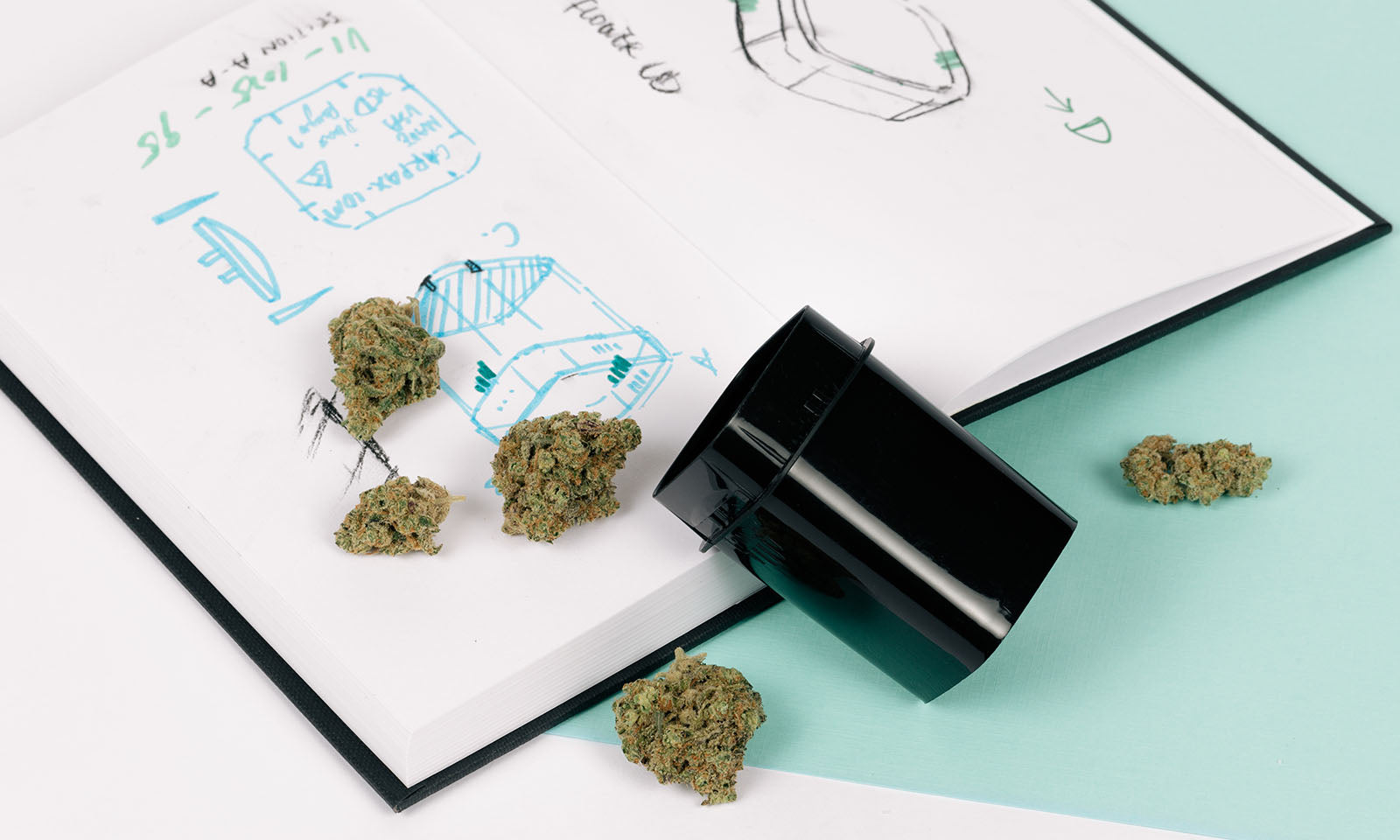Weed Trimming Machines: What They Are, Why They Matter, and How to Choose the Right One
If you’ve ever trimmed cannabis by hand, you know how tedious and time-consuming it can be. While hand-trimming has long been the gold standard for craft growers, scaling production often means turning to a faster, more consistent solution. Enter the weed trimming machine—a game-changing tool designed to save time, labor, and headaches during the post-harvest process.
In this guide, we’ll break down what a weed trim machine is, the reasons cultivators use them, and the key factors to consider when investing in a trimming machine for weed. Whether you're managing a boutique operation or a large-scale facility, the right trimming setup can significantly impact your efficiency, product quality, and bottom line.
What Is a Weed Trimming Machine?
A weed trimming machine is a specialized piece of equipment used to remove the excess leaves (often called “sugar leaves”) from harvested cannabis buds. These machines replicate the motion and function of hand-trimming but do so in bulk, allowing cultivators to process significantly more product in less time.
Depending on the design, these machines use spinning blades, tumblers, suction systems, or vibrating mechanisms to cut away unwanted plant material while preserving the integrity of the bud.
There are three primary categories:
- Wet trimming machines: Used when buds are trimmed immediately after harvest while still moist.
- Dry trimming machines: Designed to process buds that have been dried and are more delicate.
- Hybrid trimming machines: Versatile systems that handle both wet and dry material with adjustable settings.
Each type has its place, and the best choice depends on your workflow, climate, and post-harvest strategy.
Why Use a Weed Trim Machine?
Trimming by hand offers precision, but it’s incredibly labor-intensive. For commercial growers, even small increases in efficiency can lead to major savings over time. Here are the biggest reasons cultivators turn to a trimming machine for weed:
1. Speed and Efficiency
A weed trimming machine can process pounds of cannabis per hour—far beyond what a hand-trim crew can manage in the same timeframe. During harvest season, speed matters.
2. Labor Savings
Hiring, training, and managing a trim crew adds overhead. A quality weed trim machine reduces your need for seasonal labor, lowering costs while freeing your team for other tasks.
3. Consistency
Machines provide a uniform trim across batches. While they may not deliver the same nuanced look as a human trimmer, the consistency helps streamline curing, packaging, and branding efforts.
4. Scalability
As your operation grows, the ability to scale without constantly expanding your trimming crew becomes a major advantage. Weed trimming machines give you the ability to meet demand without sacrificing throughput.
5. Ergonomics and Safety
Hand-trimming for long periods can lead to repetitive stress injuries. Machines help protect your team by reducing the physical toll of post-harvest work.
What to Consider When Buying a Trimming Machine for Weed
Not all weed trimming machines are created equal. Choosing the right one requires a close look at your goals, facility, and workflow. Here are the key factors to evaluate:
Capacity and Output
Start by estimating how much cannabis you need to trim in a given day or week. Smaller tabletop models might be perfect for boutique operations, while industrial machines can process hundreds of pounds per day.
Be realistic about your current and future volume. Buying a machine that’s too small can bottleneck your operation, while a massive unit may be overkill (and overpriced) for your scale.
Wet vs. Dry Trimming
Determine whether your workflow leans toward wet trimming (immediate post-harvest) or dry trimming (after drying and curing). Wet trimmers are better for fast processing and mold-prone climates. Dry trimmers are gentler and preserve more trichomes and terpenes, but require more care in drying and handling.
If you fluctuate between the two, look for a hybrid weed trim machine that offers adjustable settings for both.
Trim Quality
Some machines offer adjustable speed or blade pressure settings, which can improve trim quality and reduce trichome loss. Look for machines with positive reviews from growers who care about preserving cannabinoid and terpene content.
If you sell top-shelf flower, trim quality is crucial. Machines that mangle or over-process buds can ruin bag appeal and lower your product’s value.
Maintenance and Cleaning
Resin buildup can gum up blades and slow performance, so easy cleaning is a must. Look for stainless steel parts, tool-less disassembly, and easy-access components that make it simple to clean between batches.
Some machines even include self-cleaning or blade-washing systems that can save serious time.
Noise and Footprint
Industrial weed trimming machines can be loud and bulky. Make sure your space can accommodate the unit, and consider noise levels if your team will be working nearby.
Compact trimmers are great for small facilities, but you’ll need a larger footprint (and maybe a dedicated room) if you’re trimming hundreds of pounds a week.
Budget and ROI
Weed trimming machines range from a few hundred dollars to tens of thousands. Factor in the cost of the unit, replacement parts, maintenance, and potential savings on labor.
Sometimes, investing in a higher-end model pays for itself within a single harvest if it replaces multiple workers or speeds up your turnaround time.
Bonus: Don’t Forget Cannabis Curing
Even the best trim can go to waste if your buds aren’t cured properly. That’s why post-trim workflow matters just as much as the machine itself. After trimming, cannabis should be cured in an environment with stable humidity and airflow to protect potency, flavor, and shelf life.
Tools like Calyx Cure Bags can help simplify this stage by creating a self-regulating microclimate—eliminating the need for daily burping or humidity packs. Think of them a hands free cannabis cure bag.
Final Thoughts: Is a Weed Trimming Machine Right for You?
Investing in a weed trimming machine can completely transform your harvest process. Whether you’re running a lean boutique grow or managing multiple cultivation sites, the right weed trim machine can reduce labor, increase throughput, and boost consistency—all while giving your team time back to focus on higher-value tasks.
The key is to match your machine to your needs. Start with your goals, workflow, and budget, and look for a trimming machine for weed that aligns with your production scale, trim quality standards, and cleaning preferences.
Stay tuned for more post-harvest best practices, equipment breakdowns, and cultivation insights in our Cannabis Info Blog Series.

